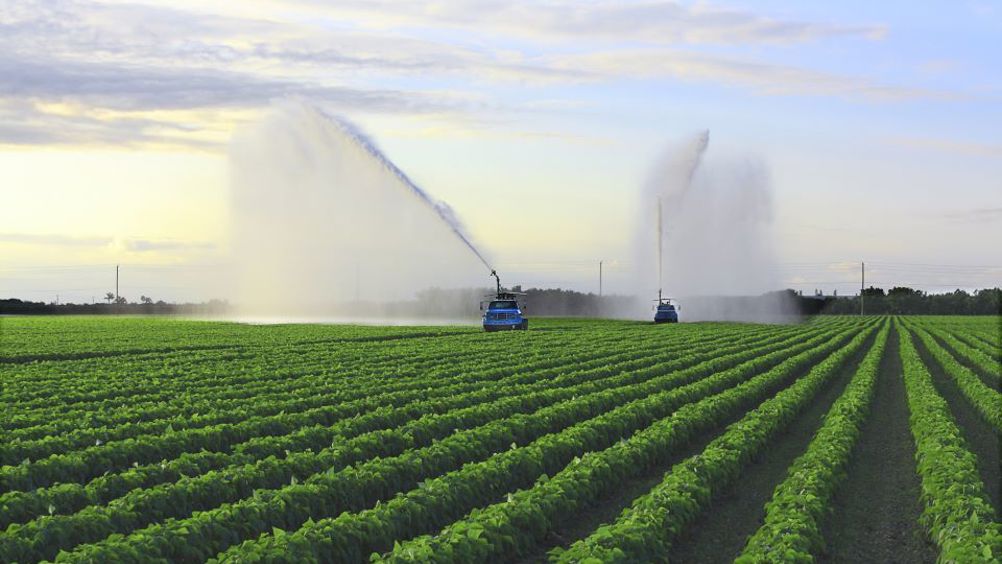Wireless system gives growers access to soil moisture data
Researchers have developed CoMEt - Contactless Moisture Estimation - a wireless system that uses radio transmitters and receivers to estimate soil moisture in agricultural fields at multiple depths in real time.

The advance from North Carolina State University is claimed to improve on existing technologies that can be used to inform irrigation practices that improve crop yield and reduce water consumption.
“Estimating soil moisture is important because it can be used by growers to irrigate their fields more efficiently – only irrigating fields when and where the water is needed,” said Usman Mahmood Khan, first author of a paper on the work and a Ph.D. student at NC State. “This conserves water resources and supports things like smart agriculture technologies, such as automated irrigation systems. What’s more, conserving water resources can also help reduce carbon emissions, because less energy is used to pump water through the irrigation system.”
According to NC State, CoMEt does not require any in-ground sensors because it assesses soil moisture using ‘phase,’ which is a characteristic of radio waves that is affected by the wavelength of the radio waves and the distance between the radio wave’s transmitter and the wave’s receiver.
Register now to continue reading
Thanks for visiting The Engineer. You’ve now reached your monthly limit of news stories. Register for free to unlock unlimited access to all of our news coverage, as well as premium content including opinion, in-depth features and special reports.
Benefits of registering
-
In-depth insights and coverage of key emerging trends
-
Unrestricted access to special reports throughout the year
-
Daily technology news delivered straight to your inbox










Water Sector Talent Exodus Could Cripple The Sector
Maybe if things are essential for the running of a country and we want to pay a fair price we should be running these utilities on a not for profit...